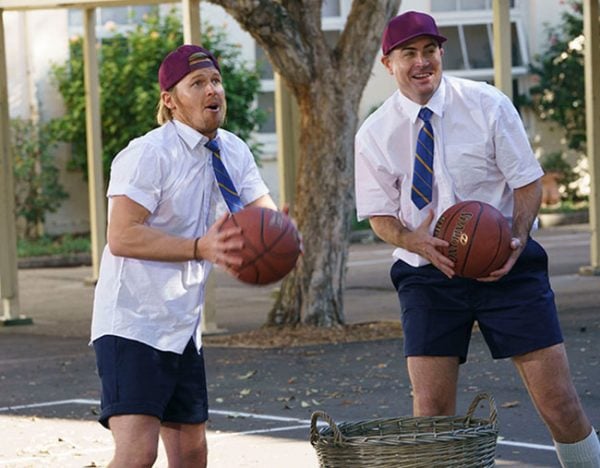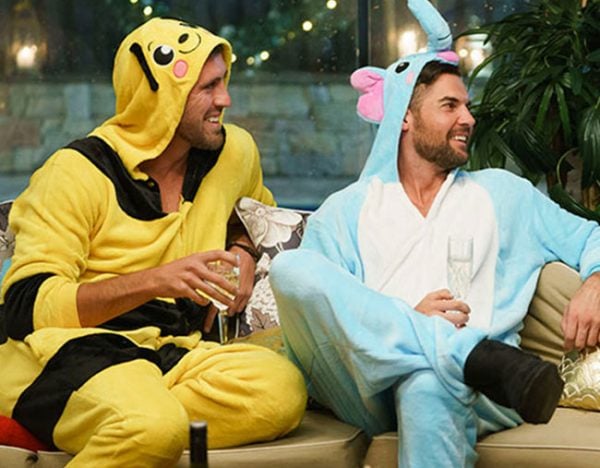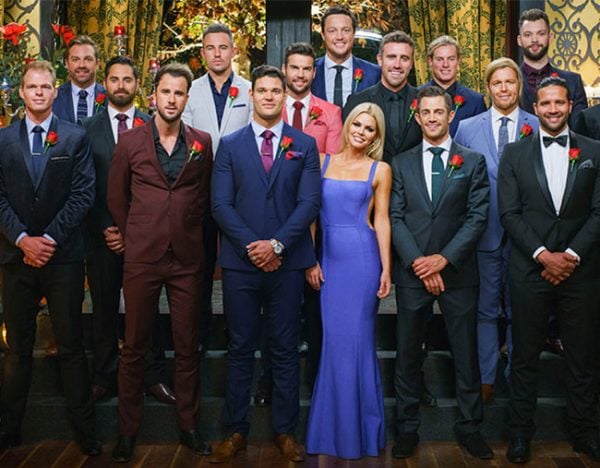The celebrated Australian trait of mateship is very much on display in the third season of Channel 10’s The Bachelorette.
But this is not always to the benefit of the protoganist, Bachelorette Sophie Monk.
This emphasis on male bonds can be seen in the parting words of two bachelors. Professional polo player Bingham Fitz-Henry’s concern about leaving the show had little to do with missing out on time with Monk.
“I’m enjoying my time hanging out with the boys and the experience I’m having is second to none and if it was to end now I’d be devastated,” he said.
Another departing bachelor, restaurant manager Harry Farran, also spoke gushingly of his new-found male companions.
“These group of guys have become my friends over the last few weeks and I honestly believe that you will fall in love ’cause I have,” he said.




Top Comments
This, coming after the season of Bachelor - supposedly a show about some guy's quest for love - where two female contestants literally hooked up with each other instead? LOL.